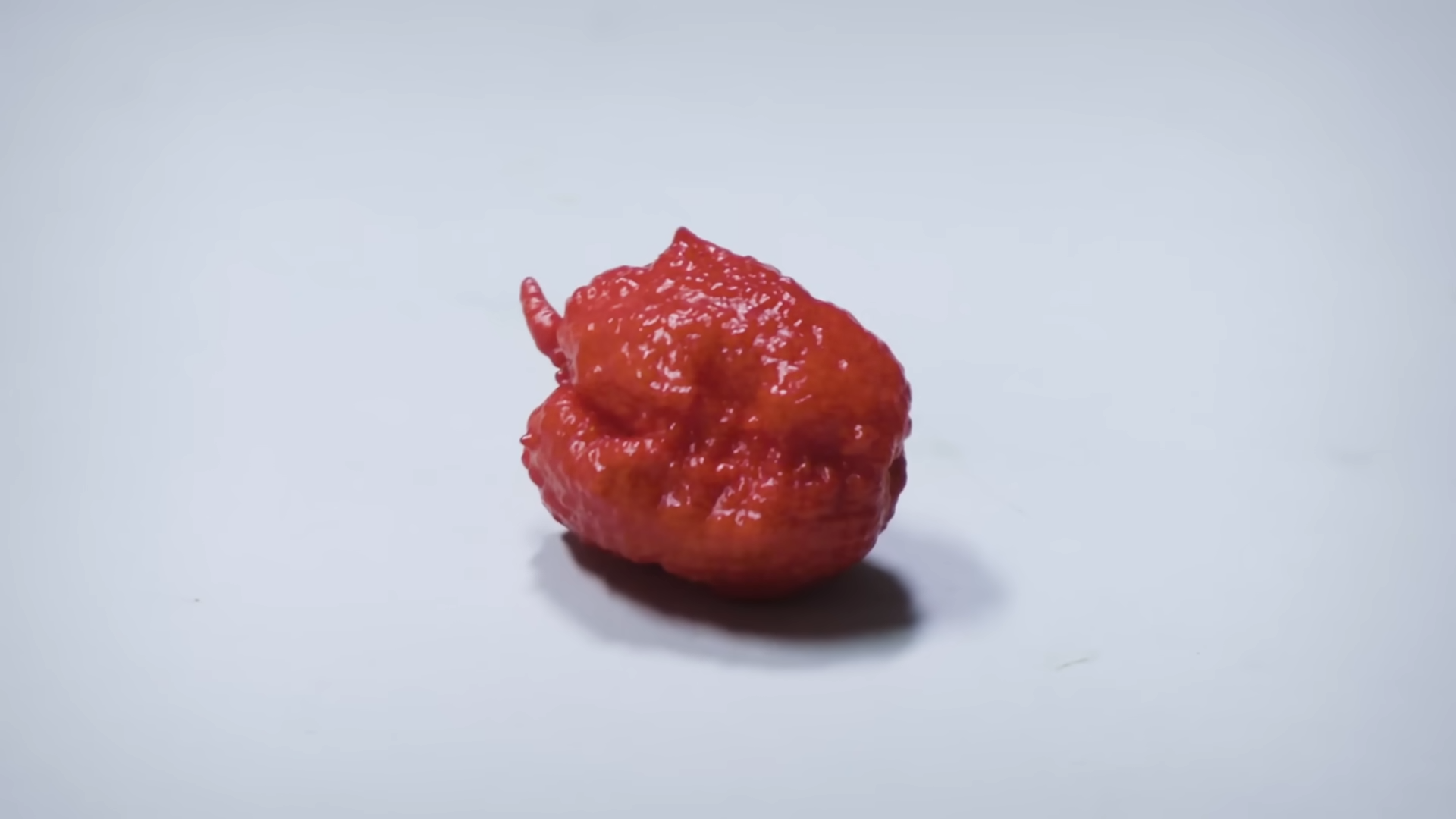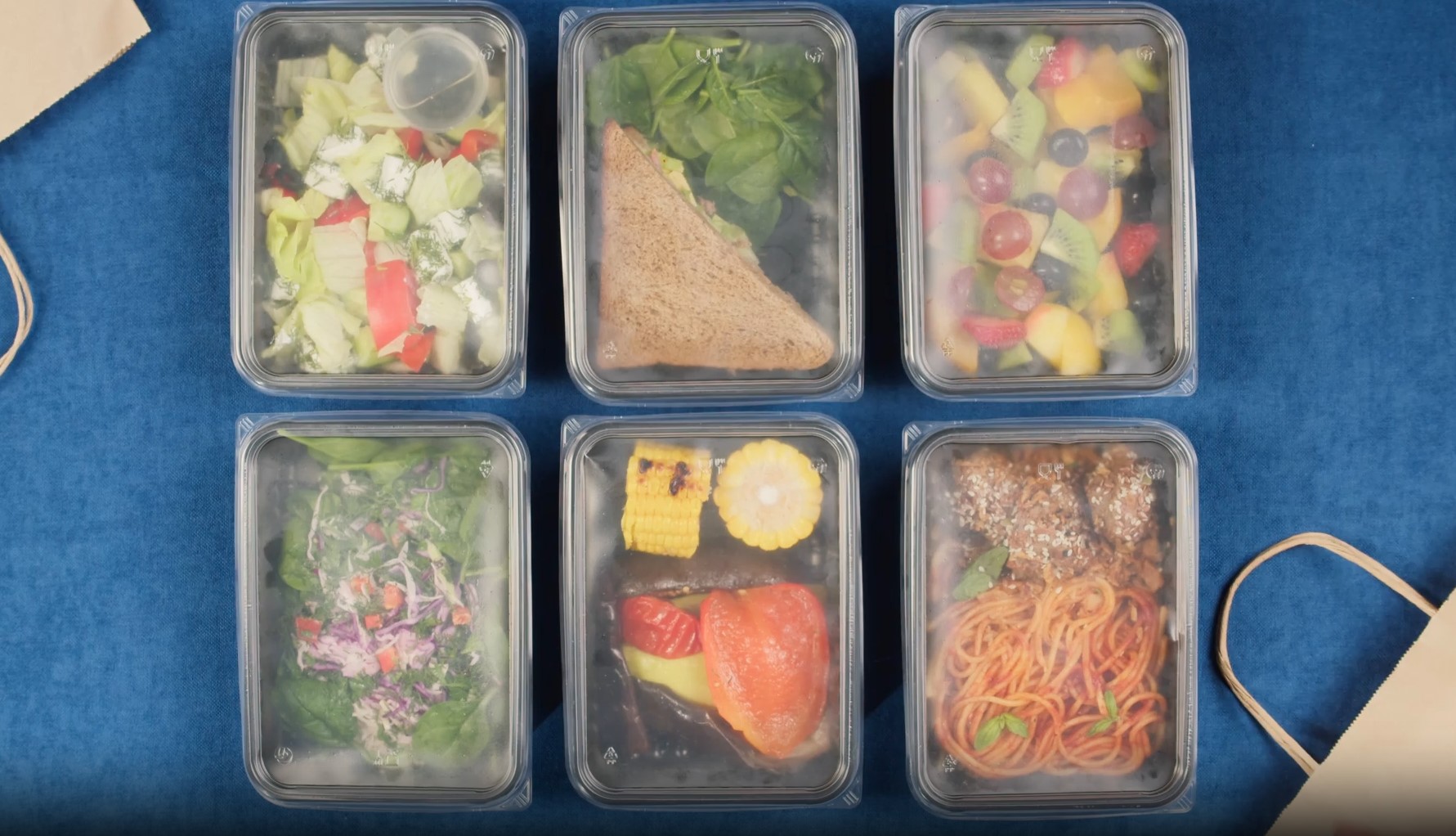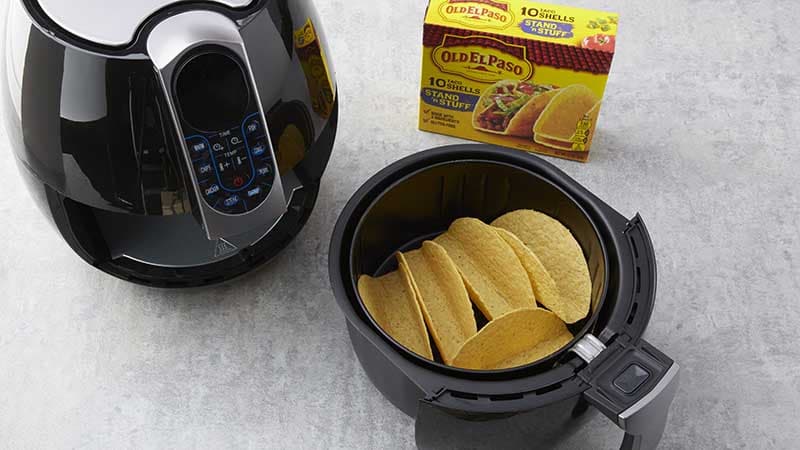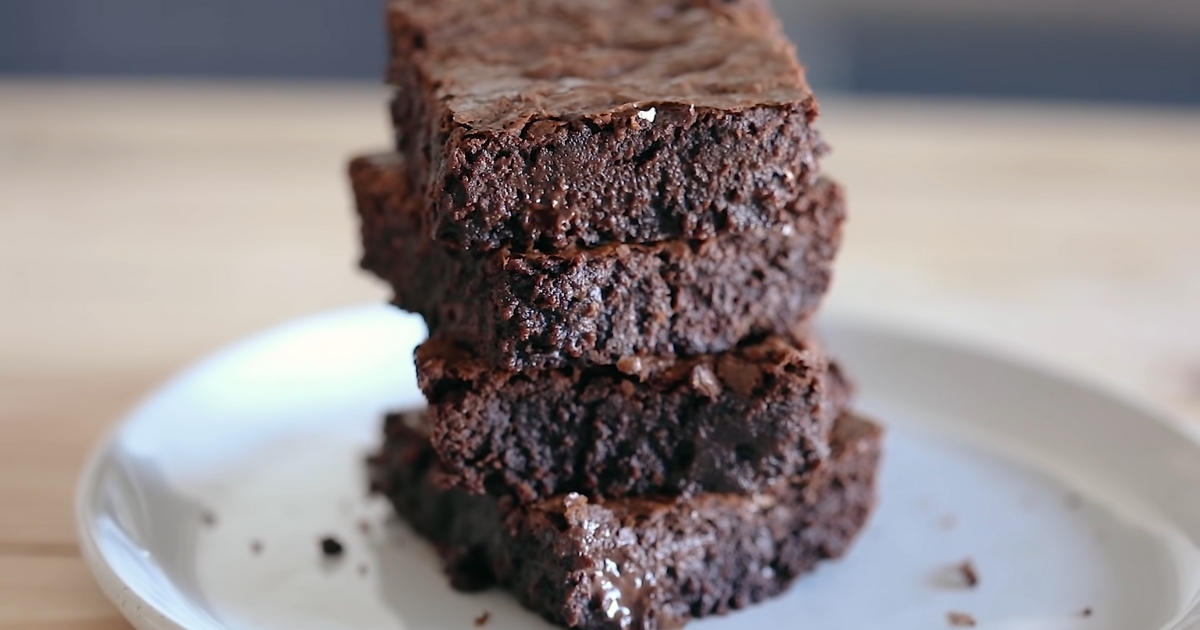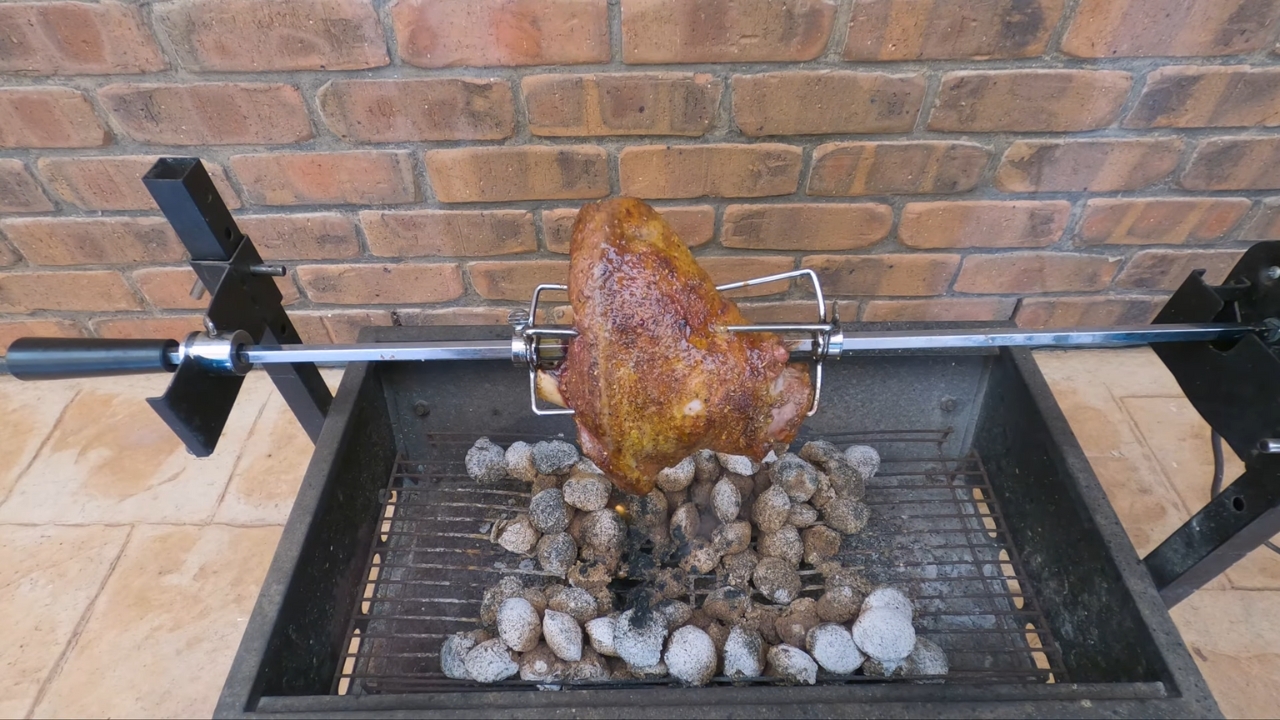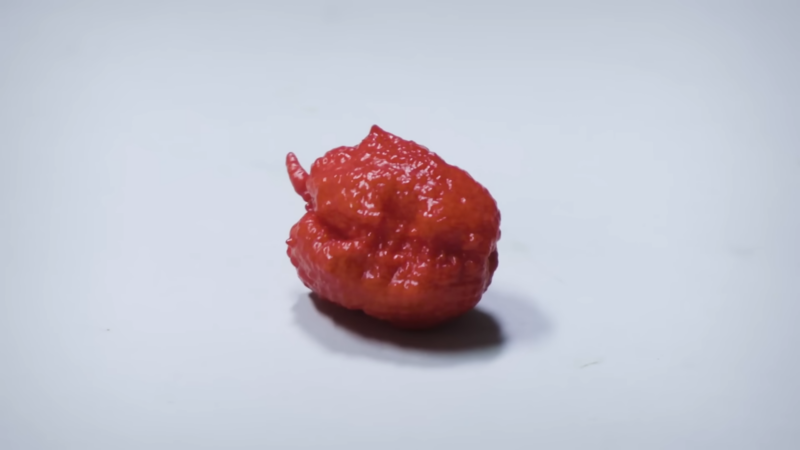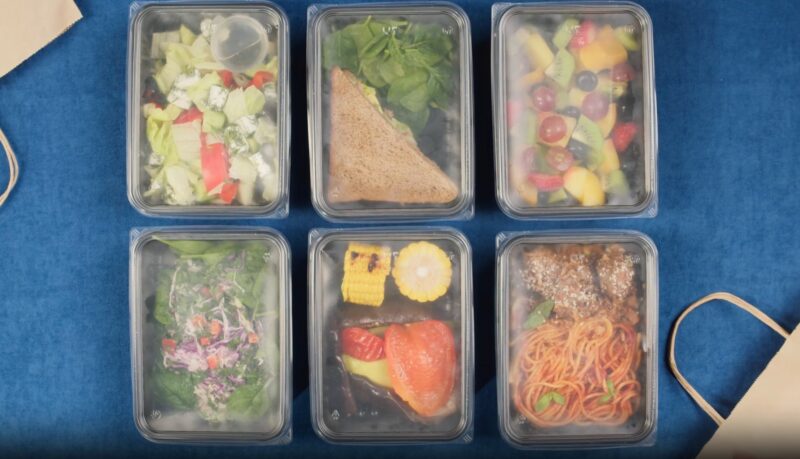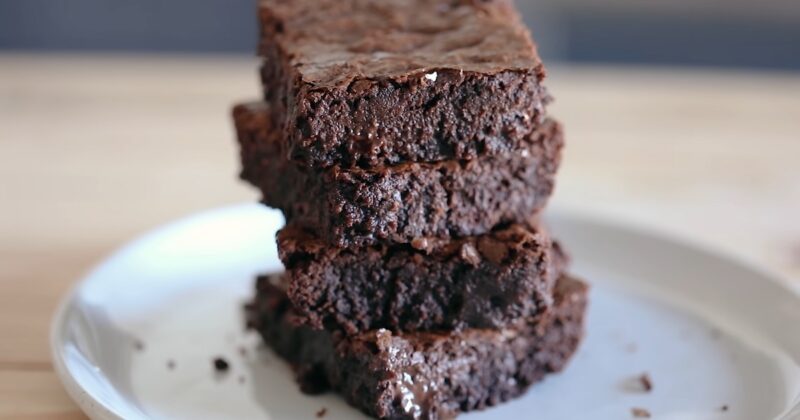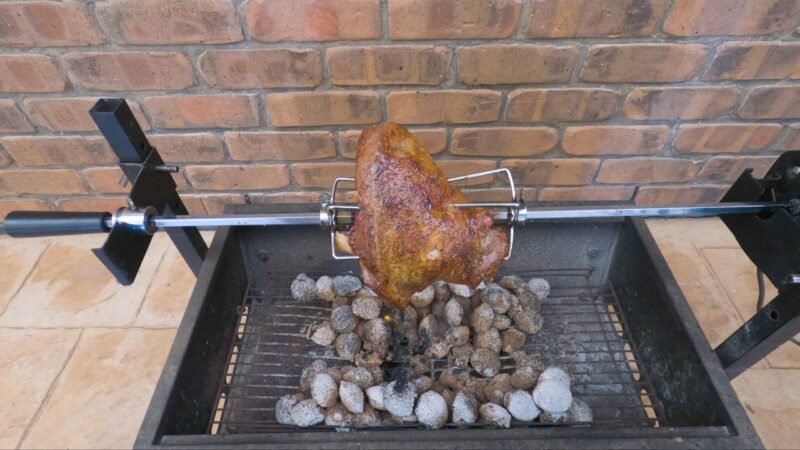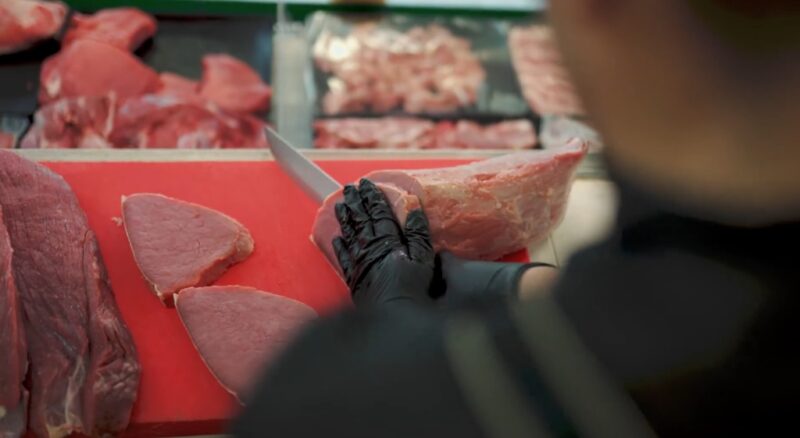
Sausages, whether they’re breakfast links or robust Italian varieties, are a beloved staple in many households. If you’re a huge fan like me, but you’re always looking for healthy meals, baking them in the oven can be a healthier alternative to frying, and it also ensures even cooking.
In this comprehensive guide, we’ll explore the nuances of baking both types of sausages to perfection. Let’s start, shall we?
Table of Contents
ToggleThe Benefits of Oven Baking
Oven-baking offers several advantages over other cooking methods. Firstly, it’s healthier since sausages release their excess fat while baking, leading to a leaner meal.
Secondly, the oven’s consistent heat ensures even cooking, reducing the risk of undercooked or overcooked dishes.
Choosing The Right Temperature
The ideal temperature for baking is between 375°F to 400°F (190°C to 205°C). This range ensures that the sausages cook thoroughly without drying out.
Remember, different ovens may have slight temperature variations, so it’s essential to keep an eye on your dish during the first few attempts.
Preparing Sausages For Baking
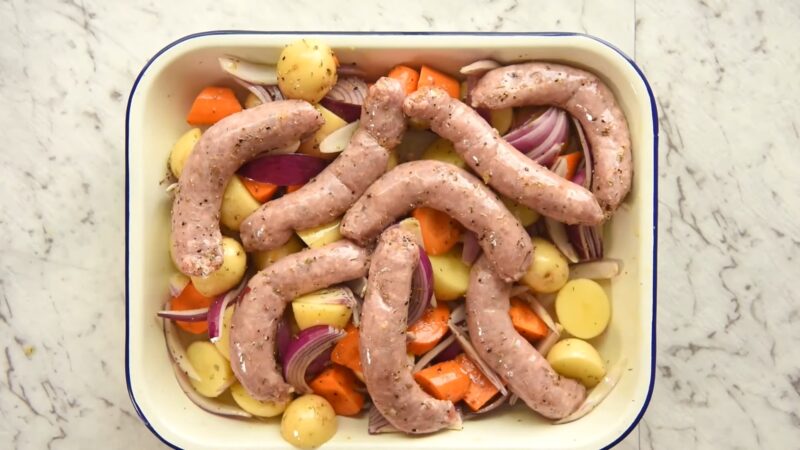
Before you pop those sausages into the oven, a bit of preparation can make a world of difference in terms of flavor and texture. Here are some preparatory steps that can elevate your baking game:
Step 1: Pricking
Pricking sausages with a fork or a sharp knife allows the excess fat to drain out during baking. This not only makes your dish healthier but also prevents it from bursting due to built-up pressure.
However, be careful not to overdo it; a few pricks here and there are sufficient.
Step 2: Seasoning and Marinating
While many sausages come pre-seasoned, adding a touch of your favorite herbs or a marinade can enhance their flavor. For breakfast links, consider a light sprinkle of sage or thyme.
For Italian sausages, a garlic and wine marinade can add depth to their robust flavor.
Baking Breakfast Links
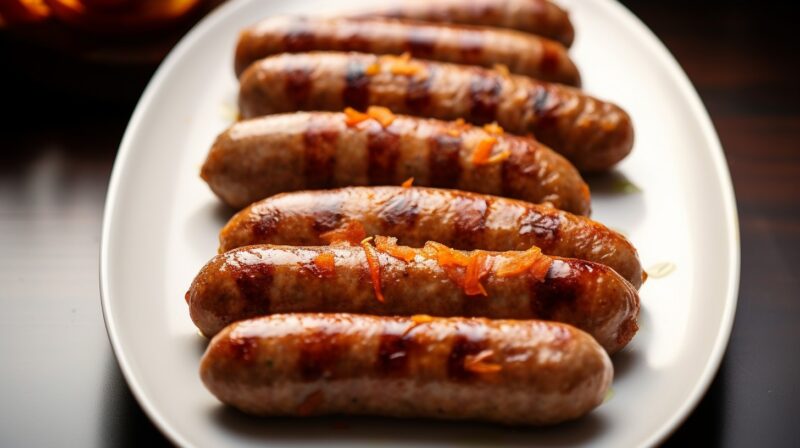
Breakfast links are smaller and often more delicate than their Italian counterparts. Their size and composition require a slightly different approach to ensure they remain juicy and flavorful. They are best baked on a lightly greased baking tray or a tray lined with parchment paper.
This prevents sticking and allows for easy cleanup. Given their size, they usually take between 12-15 minutes to bake fully at 375°F. It’s essential to turn them halfway through to ensure even browning.
Serving Suggestions
Once out of the oven, breakfast links are a versatile addition to any meal. Pair them with scrambled eggs and toast for a classic breakfast. Alternatively, consider chopping them up and adding them to an omelet or breakfast burrito for a delightful twist.
Baking Italian Sausages
Italian sausages are heartier and often come packed with spices and herbs. Their robust flavor profile and larger size necessitate a slightly longer cooking time and a few tweaks in the baking process. For this particular type, a baking dish is more appropriate than a tray.
This allows the sausages to sit in their juices, ensuring they remain moist. Baking them at 400°F for about 20-25 minutes, turning them halfway, should yield a perfectly cooked dish. If you’ve marinated them, ensure all excess marinade is drained before baking to prevent sogginess.
Italian sausages are a meal in themselves. Serve them with sautéed peppers and onions for a classic combination. Alternatively, they can be sliced and added to pasta dishes, pizzas, or even salads for a hearty and flavorful addition.
Tips for Achieving the Perfect Crisp
Everyone loves a sausage with a crispy exterior and a juicy interior. Achieving this balance is an art, but with a few tricks up your sleeve, you can master it in no time.
Using the Broiler
Once your sausages are almost done baking, switch your oven to the broil setting for the last 2-3 minutes. This will give them a delightful crispy finish. However, be vigilant during this phase as the broiler can quickly turn your perfect dish into a charred one.
Oil Brushing
Before baking, lightly brush your sausages with olive oil or another cooking oil of your choice. This not only helps in achieving a golden-brown color but also adds an extra layer of crispiness to the skin.
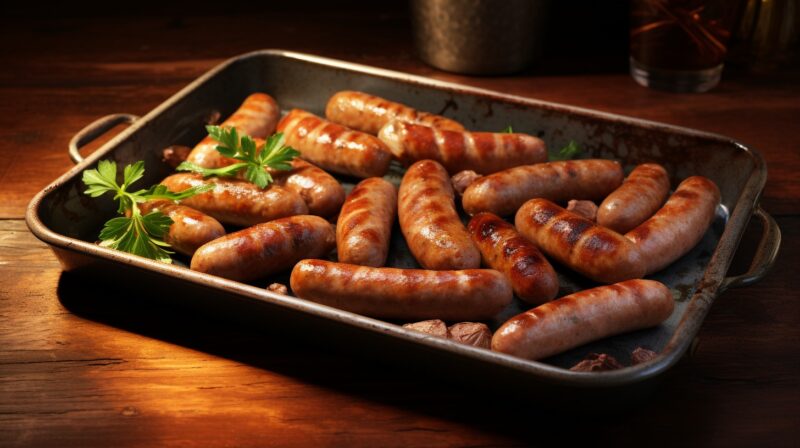
Safety First: Ensuring Your Sausages Are Cooked Through
While we all love a well-cooked sausage, ensuring they’re safe to eat is paramount. Undercooked sausages can pose health risks, so it’s essential to be certain they’re done just right.
Using a Meat Thermometer
The most reliable way to check if your sausages are cooked is by using a meat thermometer. For both breakfast links and Italian sausages, the internal temperature should reach at least 160°F (71°C).
Insert the thermometer into the thickest part of the sausage, ensuring it doesn’t touch any bone.
Visual Checks
If you don’t have a meat thermometer, you can make a small cut into the thickest part of the sausage. The meat inside should be firm, not pink, and the juices should run clear. If there’s any doubt, it’s better to err on the side of caution and cook a little longer.
How to Elevate Your Dish
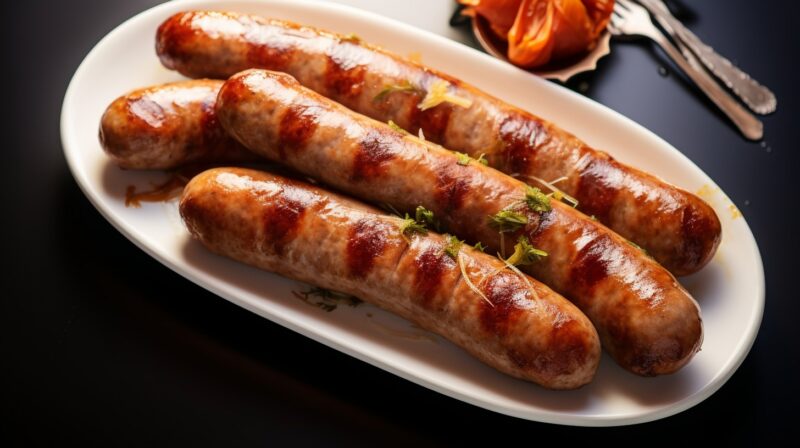
A sausage, while delicious on its own, can be elevated to gourmet levels with the right accompaniments. Let’s explore some options that can transform your baked sausage meal.
Sauces and Dips
Depending on the type of sausage, various sauces can enhance its flavor. For breakfast links, consider maple syrup or a fruit compote. For Italian sausages, a spicy mustard or homemade tomato sauce can be a game-changer.
Side Dishes
The right side dish can complement and elevate your baked sausages. Consider roasted vegetables, mashed potatoes, or a fresh salad. For a lighter option, a cucumber salad or coleslaw can provide a refreshing contrast to the hearty sausages.
Storing and Reheating Leftovers
If you’ve baked more sausages than you can eat, don’t fret. With proper storage and reheating techniques, they can be just as delicious the next day.
Storing Leftover Sausages
Once cooled, store leftover food in an airtight container in the refrigerator. They should be consumed within 3-4 days for the best quality. For longer storage, consider freezing them.
Before freezing, wrap each sausage individually in plastic wrap and then store it in a freezer bag.
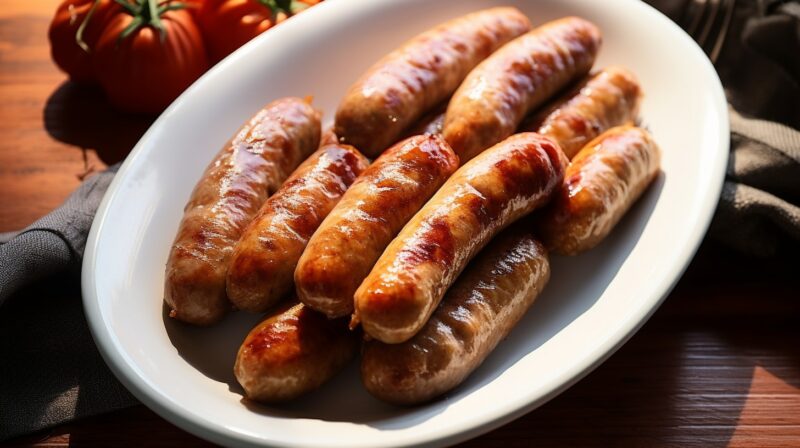
Reheating to Perfection
When reheating sausages, the goal is to restore their juiciness without overcooking them. The oven or a toaster oven is the best method. Preheat your oven to 325°F (165°C) and bake for about 10-15 minutes.
If microwaving, do so in short bursts to prevent the sausages from becoming rubbery.
FAQs
Can I bake different types of sausages together in the oven?
While it’s possible to bake different types together, it’s essential to remember that they might have varying cooking times due to size and ingredients. If you choose to bake them together, monitor them closely and remove each type once it’s fully cooked.
Is there a difference in baking frozen sausages compared to fresh ones?
Yes, frozen sausages will require a longer cooking time than fresh ones. It’s advisable to thaw them in the refrigerator overnight before baking. If you must bake from frozen, extend the cooking time and ensure the internal temperature reaches the safe level of 160°F (71°C).
How can I prevent my sausages from becoming too dry in the oven?
To prevent sausages from drying out, avoid baking them at very high temperatures or for extended periods. Brushing them with a bit of oil or placing them in a baking dish with a small amount of water or broth can also help retain moisture.
Can I include vegetables or other ingredients?
Absolutely! Baking sausages with vegetables like bell peppers, onions, or potatoes can add flavor and make for a complete meal. Just ensure that the added ingredients have similar cooking times or cut them into sizes that will allow them to cook evenly with the sausages.
Are there specific types of baking dishes or trays that work best for baking sausages?
Sausages can be baked on standard baking trays, dishes, or even wire racks placed over a tray. The choice often depends on the type of sausage and your desired outcome. For instance, wire racks allow fat to drip away, leading to a crispier sausage, while baking dishes can retain moisture for juicier results.
Can I use convection mode?
Yes, you can use the convection mode, which circulates hot air around the oven, leading to even cooking and often quicker results. If using convection, it’s advisable to reduce the baking temperature by about 25°F (15°C) and monitor the sausages closely to prevent overcooking.
Summary
Baking sausages in the oven offers a healthier and flavorful alternative to traditional cooking methods. With the right techniques and a touch of creativity, you can achieve perfectly cooked sausages that are both crispy and juicy.
Whether you’re preparing breakfast links or hearty Italian sausages, the oven is your trusted companion for a delightful culinary experience. Enjoy!
Related Posts:
- Coffee & Tea Culture and Tradition - Where They…
- Top 10 Best Silicone Baking Mat 2023 - Bake Like a Pro
- 11 Best Bakeware Sets 2023 - Bake Like a Pro
- 7 Ways to Bake the Perfect Brownies - Expert Advice…
- 8 Best Thin Waffle Maker for Your Kitchen 2023 -…
- How To Cook Brats In The Oven: A Quick and Tasty Oven Method

